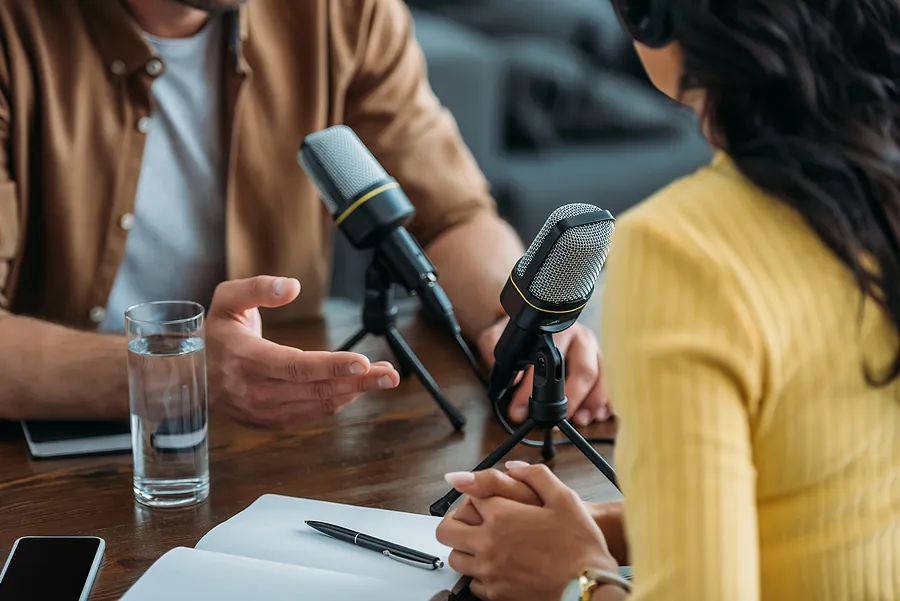How and When You Should Walk Away from a Sales Deal with a Prospect

One thing many of our customers encounter is the dilemma of not knowing when and how to walk away from a deal that isn’t right for them. There are countless reasons why this scenario might arise – the trick is not only being able to diagnose when these circumstances are happening but exiting in such a way without burning bridges. Note that this will differ, depending on if it’s a potential new client or an existing one.
The Signs to Walk Away
- Know your walk-away points before you start negotiating.One of the best things you can do as a sales professional is to establish what your deal-breakers are even before you enter discussions with a potential client. That doesn’t just include the lowest possible price – though that’s certainly a factor.It also means being aware of other things that portend a poor future outcome. This can range from your not having the resources or capacity to carry out a particular contract to the client not being one you want to associate with for whatever reason. To be able to determine many of these walk-away points, you’ll need to have an honest assessment of yourself and your organization and product’s abilities and shortcomings.One can’t be all things to all people, so there’s no shame in saying “We don’t have the ability at this time to meet your needs”. Indeed, from a long-term perspective, your honesty and transparency will help build a good reputation, whereas going ahead knowing that you can’t deliver on that particular assignment can do irreparable damage to you and your employer.A key, sometimes neglected item to keep in mind: the calendar. If you can’t meet the required deadlines, even if you ostensibly have the capacity (too many other current clients have restricted your available resources, whereas you normally would be able to service them, for example), be honest and say so. In some situations, the prospect can amend their deadlines. In others, they either can’t or won’t, in which case you need to end the discussion.Once you know your deal breakers, be prepared to walk when one can’t be overcome.
- Trust your gut instinct – especially when you’re experienced.Got a bad feeling about a deal? It turns out, that might be a signal to walk away. Florida State professor Linda Rinaman found in research published last year that there’s a neurological basis for believing your gut instinct – specifically, the gut and brain engage in two-way communication via the vagus nerve, and in situations that don’t register as right to us, the messages from the gut to the brain sound the alarm by silencing the brain’s reward systems.Numerous neuroscientists and academics have also pointed out that intuition doesn’t occur out of the blue – rather, it’s the end result of a considerable amount of processing in the brain that compares incoming sensory data to pre-existing knowledge and memories to make predictions.As you’ve probably already guessed from the previous paragraph, the more experience and knowledge you have, the more likely your intuition and gut instinct are to be correct.A word of caution: That doesn’t mean instinct should be the primary factor – data and analysis will still be the most accurate forecasters the majority of the time. But everything else being equal, it’s worth paying attention to what your gut says.
How to Walk Away
Once you’ve realized that it’s time to walk – whether one of your deal-breakers have entered the scene or your instinct is ringing to run, you need to exit gracefully and in such a way that you preserve the relationship. After all, though the world is vast, the sales scene is small – especially in a given industry – and you never know when you might cross paths with the prospect again.
- Tactfully and calmly explain why you’re walking away.With a breakup of any kind, whether it’s a business negotiation or a romantic relationship, the recipient always wants to know why it’s happening. The same applies to the end of a sales conversation. So do the courteous thing and provide the reasons in a respectful and natural tone of voice. Remember, this isn’t necessarily a forever no – it’s a no right now for this particular situation.Sometimes the prospect will come back with a better offer – if it’s in their power to do so. Other times, there’s no available alternative, in which case things would have ended eventually anyway.
- Leave the door open to future conversations.Things change in business – oftentimes rapidly. Consequently, you want to make it clear you’re open to the possibility of revisiting the discussion later and describe the conditions in which negotiations are more likely to have a favorable outcome.Under no circumstances, even when you have a visceral, negative reaction to someone, do you want to completely shut the door on future collaboration. After all, just as such situations change, people can, too. That person you hated in high school might end up becoming a friend later in life, and there’s countless romcoms where a future happy couple starts off as antagonists.
It’s never a pleasant experience to know you need to walk away from a deal that isn’t right. But the short-time pain of sunk costs and awkwardness will be rewarded long-term through greater trust in the relationship and maintaining your own integrity, which could realize financial benefits as well – whether through a re-visit with the same prospect or through others who know of your reputation for honesty and transparency.

- Account Planning (11)
- Awards (53)
- Client Testimonial (37)
- Personal Branding (19)
- Podcast (11)
- Research (70)
- Sales Career Development (85)
- Sales Coaching (155)
- Sales Consulting (133)
- Sales Culture (164)
- Sales Enablement (347)
- Sales Leadership (110)
- Sales Management (243)
- Sales Negotiation (16)
- Sales Prospecting (120)
- Sales Role-Playing (18)
- Sales Training (233)
- Selling Strategies (256)
- Soft Skills (68)
- Talent Management (92)
- Trusted Advisor (28)
- Virtual Selling (42)
- Webinar (12)































